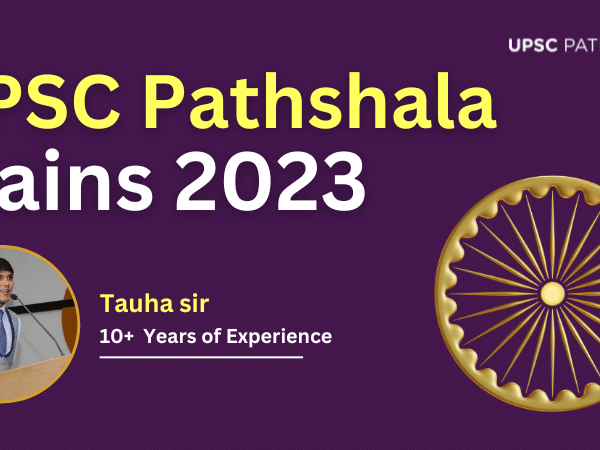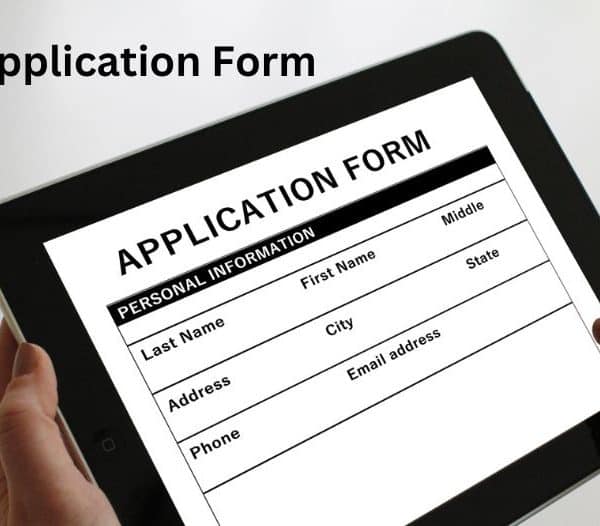The IES exam is used to fill the vacancies that appear in the Indian Economic services which is an administrative civil service under the government of India.
In this article, you will understand the Indian Economic Service exam pattern and other bits that you will need to be better prepared to tackle the IES exam.
As I stated earlier, the IES, along with the Indian Statistical Services (ISS), is an administrative inter-ministerial civil service arm of the Indian Government and is responsible in helping shape the economic policies of the country.
Introduced in 1991, which was the year of major economic reforms in the country, it oversaw the analysis of data in its domain and advised the governments on economic reforms accordingly.
The Indian Economic Service salary is less than that of an IAS officer but not to a very large extent.
IES Eligibility
The Indian Economic Service eligibility criteria are similar to other civil services in the country albeit with just a couple of differences. Among the few differences is the nationality of the candidate appearing for the exam.
The candidate has to be either an Indian citizen, or a Bhutan resident, or a refugee of Tibet who came to the country before 1962 with the intent of settling in the country permanently.
You can also apply if you are an individual of Indian origin who has travelled from East African countries like Zambia, Republic of Tanzania, Malawi, Kenya, Zaire, Uganda and Ethiopia or from Asian countries like Pakistan, Vietnam, Sri Lanka and Burma.
Eligibility is also checked on the basis of the candidate’s educational qualification. Those applying must have a postgraduate degree in one of these subjects, Economics, Applied Economics, Econometrics, or Business Economics from a local or foreign university that is approved by the Government of India.
Exam Pattern
The IES exam pattern is one of the basic things you will have to know before attempting the exam. The exam in itself is divided into two parts with the first being a written exam for 1000 marks and the second being a Viva Voce that carries 200 marks.
Also Read : Indian Economic Service Exam: A Lucrative Career Opportunity for Students of Economics
Part I
Part one, the written exam of the IES, is a pen and paper exam that is encompassed of six subjects. You will have to write six written exams for different subjects and the breakup of the marks and time limit are described in the table below.
Before we get to that, however, there are a few things to be told about the written exam. The exam will be of the conventional essay type with the questions set in English. The answer will have to be written in English as well.
Only the candidates who are blind will be permissible to have a scribe to write the answers for them and will be allowed an additional time of 30 minutes on each of their paper.
The qualifying marks are set and decided by the UPSC and if your handwriting is illegible you can lose marks for it. Also, the only international norm of Indian numerals is allowed in the exam, uses of other forms may lead to deduction of marks.
| S.No. | Subject | Max marks | Time |
| 1. | English General | 100 | 3 hours |
| 2. | General Studies | 100 | 3 hours |
| 3. | I- General Economics | 200 | 3 hours |
| 4. | II – General Economics | 200 | 3 hours |
| 5. | III – General Economics | 200 | 3 hours |
| 6. | Indian Economics | 200 | 3 hours |
Part Two
The Indian Economic Service syllabus is found everywhere online and is quite commonplace. What you really need however is the IES interview syllabus since it does not only involve the syllabus for the written exam.
The interview will be overlooked by a board of qualified observers who are impartial in their judgements.
Since the ultimate objective is to gauge how appropriate you are for the service, you will be tested on your general and specialised knowledge on the subject in addition to the subjects of the written exam.
You need to be aware of current affairs and how your future work will directly or indirectly impact the events occurring around you whether it is within your country or outside of it.
While it is not exactly a cross-examination, it still tests your mental qualities and your abilities to grasp a certain problem and your approach to finding a solution for it.
Conclusion
The IES exam is not a cakewalk by any means, but if you have a personal mentor and are prepared well for it, you will do better than most and that is what is necessary to crack this exam.
UPSC Pathshala’s personal mentors are experts of UPSC with years of experience. They solve doubts, keep track of progress, and help to improve in weak areas.
With the free demo class and an experienced faculty, they have trained over 15000 students for UPSC.
Also Read : Indian Economic Service Eligibility: The Ambition of Every Aspiring Economist in India






